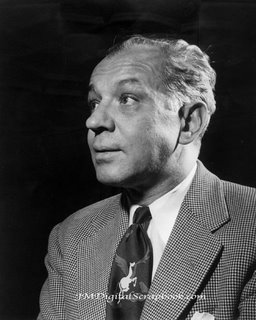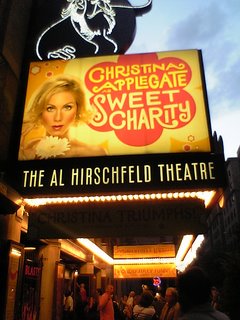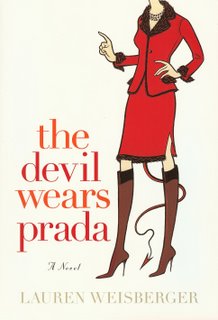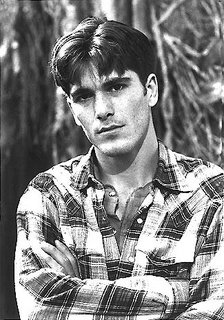 My sincerest thanks to DMS, the curator of the James MacArthur
My sincerest thanks to DMS, the curator of the James MacArthur (son of playwright Charles MacArthur) website, for their
generous permission to use the above photo
In the early days of Broadway in the 1920s and 1930s, no name shined brighter on the marquee than Charles Macarthur, whose classic plays such as The Front Page and Twentieth Century are still being revived on the Great White Way. Aside from having a great influence on the modern theatre, Charles MacArthur was born and spent his early life in Scranton, PA.
Charles Gordon MacArthur was born in Scranton, Pennsylvania on Nov 5, 1895. He was the second youngest of seven children born to a local evangelist. After working as a journalist in Chicago and serving in the Armed Forces, Macarthur moved to New York City to seek fame and fortune as a playwright. His first play, LuLu Belle (co-written with Edward Sheldon), was produced on Broadway in 1926, and his second play, Salvation (co-written with Sidney Howard in 1928), opened in 1928.
In 1929 , he teamed with Ben Hecht to write The Front Page, the story of a top Chicago newspaper reporter who decides to move to New York and marry an heiress, much to the dismay of his editor, who will stop at nothing to retain his ace reporter. The play was a huge hit, playing on Broadway for over a year and cementing MacArthur's status as one of America's finest playwrights.
In 1932, MacArthur once again teamed with Ben Hecht to write the play Twentieth Century, the story of a once-successful Broadway director determined to revive his career with the help of a now-famous Hollywood actress whom he discovered; It played for over a year on Broadway when revived in 1952 and starred the legendary Jose Ferrer and Gloria Swanson (it was most recently revived on Broadway in 2004 starring Alec Baldwin and Anne Heche). The classic 1934 film version of Twentieth Century starred John Barrymore and Carole Lombard.
Like many successful Broadway playwrights, MacArthur heard the call of Hollywood and began a successful career writing and adapting screenplays for motion pictures.
MacArthur's screenplays include 1938's Angels With Dirty Faces, and 1939's Wuthering Heights (with Ben Hecht) and Gunga Din.
The Front Page was filmed no less than seven times throughout the years--the first in 1931, directed by Lewis Milestone and starring Pat O'Brien and Adolphe Menjou.
Perhaps the most famous and most widely seen version of
The Front Page was filmed in 1940 under the title
His Girl Friday, directed by
Howard Hawks (interestingly,
Hawks went on to direct the 1948 film
A Song is Born, whose orchestrator was none other than another
Scranton native,
Sonny Burke).
His Girl Friday starred
Cary Grant,
Rosiland Russell, and
Ralph Bellamy. The film changed the gender of one of the main characters to female, but the story remained generally the same--a gutsy female newspaper journalist works for her ex-husband, who seems determined to undermine her upcoming remarriage to another man by tempting her with covering the hottest news story of the year. The film version was a critical and commercial hit.
The curator of the
Official James MacArthur website (
which includes an awesome tribute to his father) also told me that "
His Girl Friday was adapted by playwright
John Guare (
Six Degrees of Separation) and made its debut at London's National Theatre in June 2004, with
Zoe Wanamaker as Hildy. In July 2005, it had a two-week run at The Guthrie Theatre in Minneapolis, starring real-life husband and wife
Angela Bassett (as Hildy) and
Courtney Vance (as Walter)."
The Front Page was also filmed in 1945, 1948 and 1948 as teleplays in the infancy of television. 1974 also saw a new theatrical version of The Front Page, directed by the legendary Billy Wilder and starring Walter Matthau, Jack Lemmon, Vincent Gardenia, and Susan Sarandon (in one of her first major roles). In 1988, the setting was removed from a newspaper office to the fictional cable news television network SNN for the comedy (and one of my favorite movies from the 80s) Switching Channels, starring Kathleen Turner, Burt Reynolds, and the late Christopher Reeve.
MacArthur was nominated for three Academy Awards throughout his Hollywood career and won the Oscar in 1936 (shared with Ben Hecht) for Best Writing Original Story for The Scoundrel, a film which he also shared directing credit with Hecht. His other nominations were for 1934's Rasputin and the Empress (which is the only film to star the three Barrymores--John, Lionel, and Ethel), and for 1939's Wuthering Heights (which he shared, again, with Ben Hecht).
Charles MacArthur was married to the legendary stage and screen actress
Helen Hayes from 1928 until his untimely death in 1956. His son,
James MacArthur, became an actor in his own right, most famously for starring as
Dan Williams in the classic 1960s show
Hawaii Five-O.
Also on an interesting note,
MacArthur's frequent writing partner
Ben Hecht co-wrote the screenplay for the 1948 classic
The Miracle of the Bells, which features frequent references to
Wilkes-Barre and
Nanticoke, PA.
The Lackawanna County Library System is currently circulating several film adaptations of
MacArthur's plays/screenplays on VHS and DVD---including
Wuthering Heights,
Gunga Din,
His Girl Friday, and both the 1974 and the 1931 first film adaptation of
The Front Page. In addition, the text of the original 1928 play
The Front Page is available in three collections of plays in our collection:
John Gassner's Twenty-Five Best Plays of the Modern American Theatre
812.5082 GASSNER
Bennett Cerf's Sixteen Most Famous Plays
812.08 CERF
The Best Plays of 1928-29 and the Yearbook of the Drama in America
812.08 BEST
Charles MacArthur is featured as a character (played by
Matthew Broderick) in the 1995
Alan Rudolph film
Mrs. Parker and the Vicious Circle, a film about the life, friends and loves of author
Dorothy Parker. The film is available to borrow on VHS from the
Lackawanna County Library System.
 Film editor and NEPA native Brian Ufberg (right), with fellow film editor Mick Austley and Brian's agent Julie at a concert on Santa Montica Pier, August 1990. Photo by Bill C.
Film editor and NEPA native Brian Ufberg (right), with fellow film editor Mick Austley and Brian's agent Julie at a concert on Santa Montica Pier, August 1990. Photo by Bill C.







































